RLChina 2022学习笔记——理论课一:机器学习和深度学习基础
RLchina2022暑假班学习笔记
·
Learning note
1. Maching learning
(1)Workflow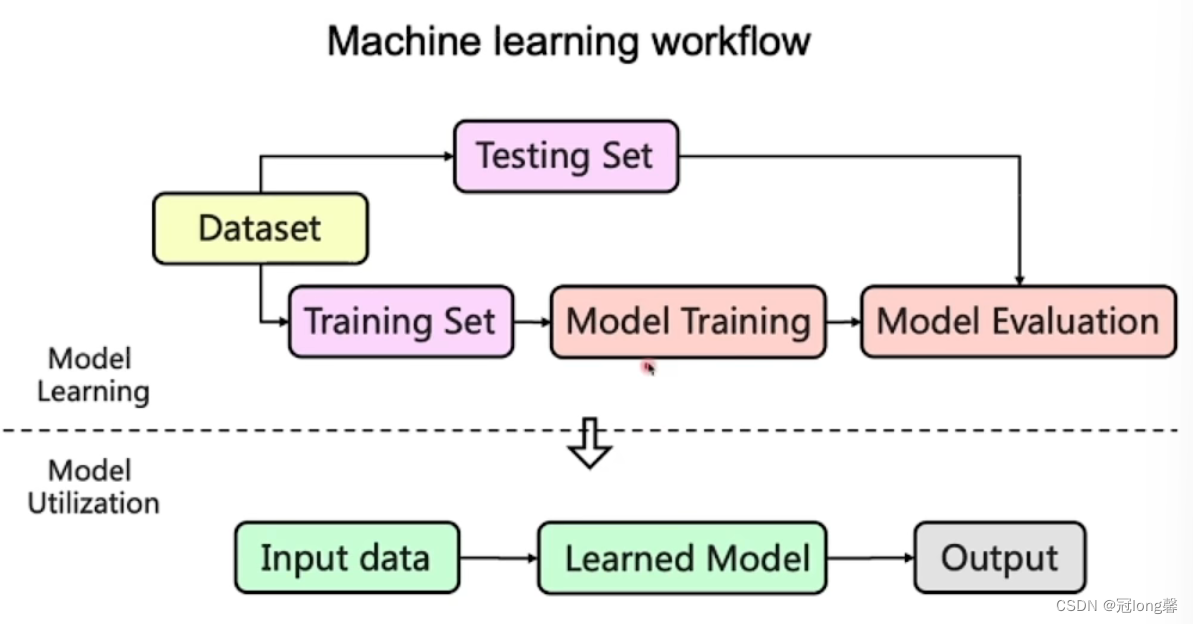
(2)Model

①Linear regression
- Model:
y i = F ( x i ) = w x i y_i = F(x_i)=wx_i yi=F(xi)=wxi - Optimization: squared error
min w ∑ i = 1 n ( y i − w x i ) 2 \min_w \sum_{i=1}^n (y_i - wx_i)^2 wmini=1∑n(yi−wxi)2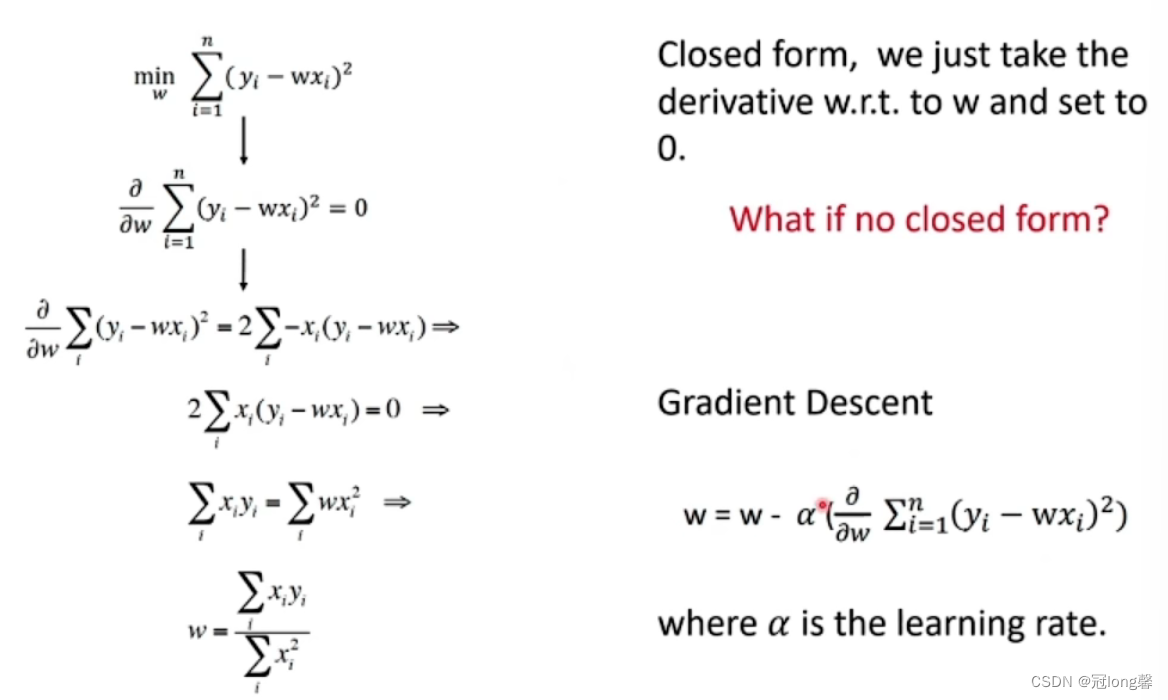
- Evaluation
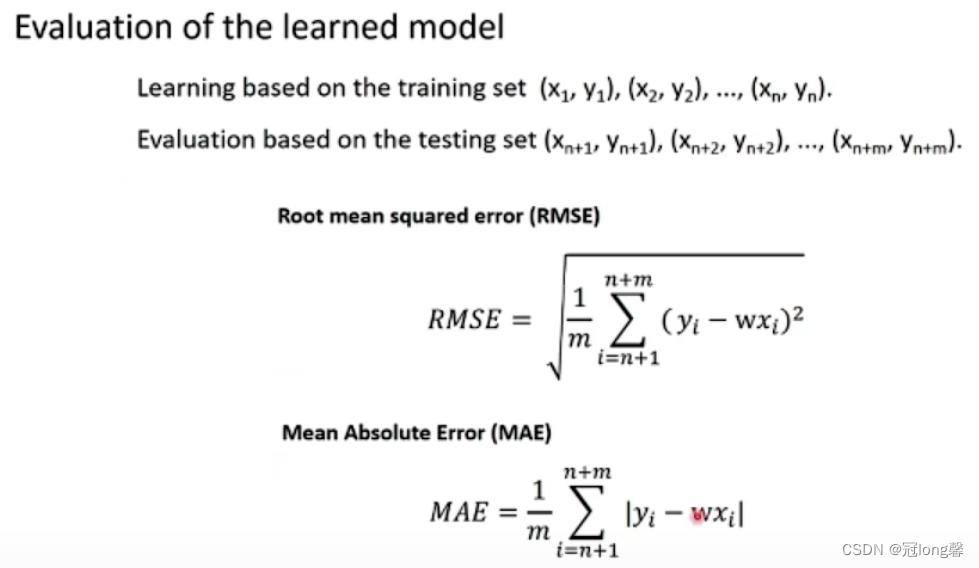
②Decision Tree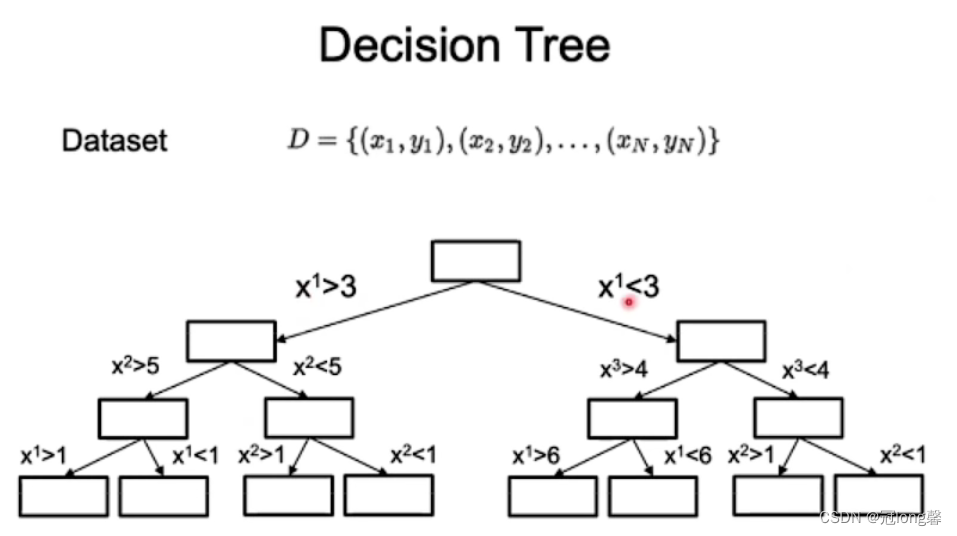
- Model
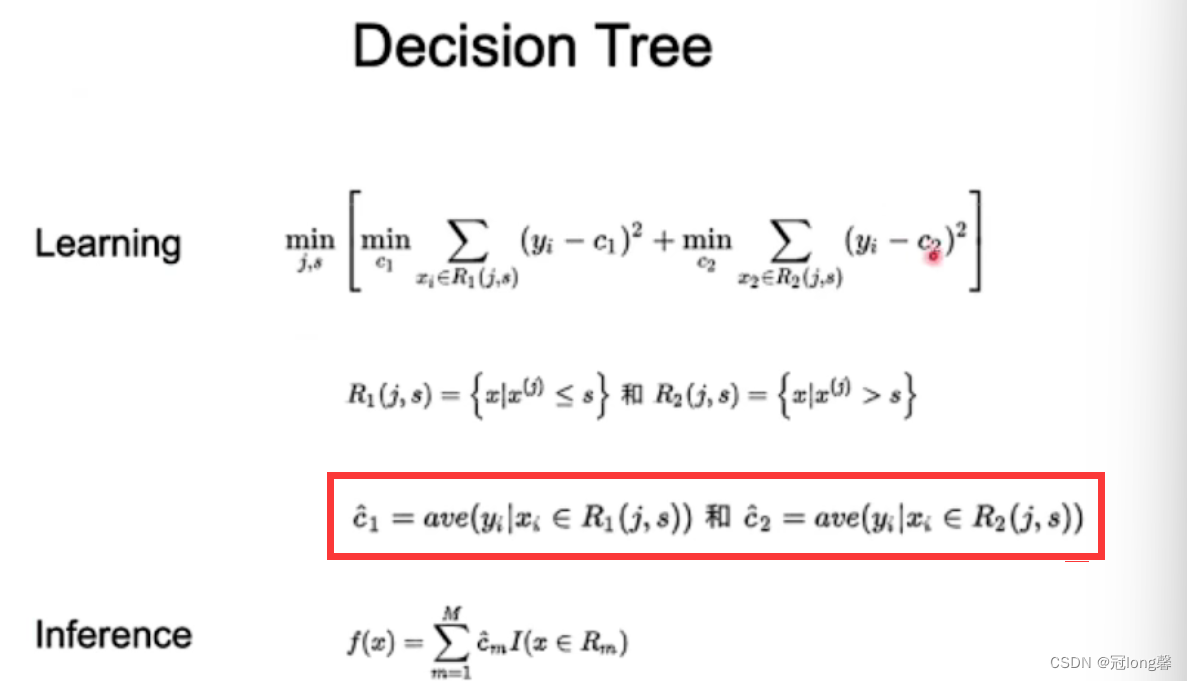
- Example
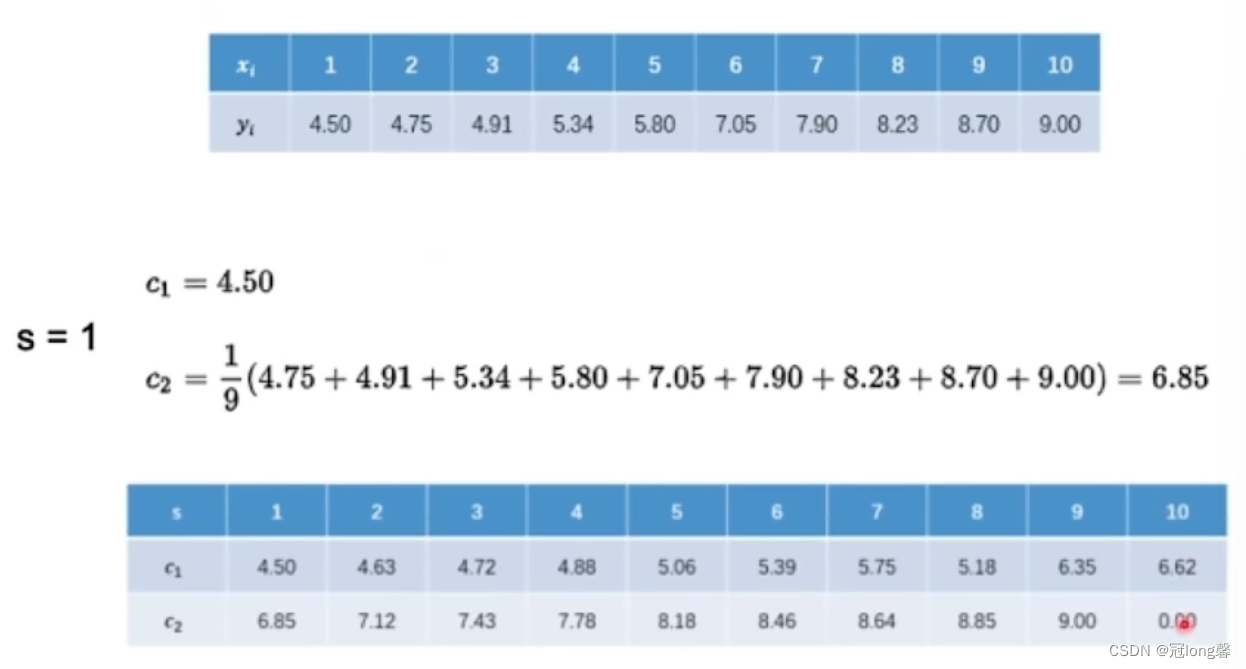
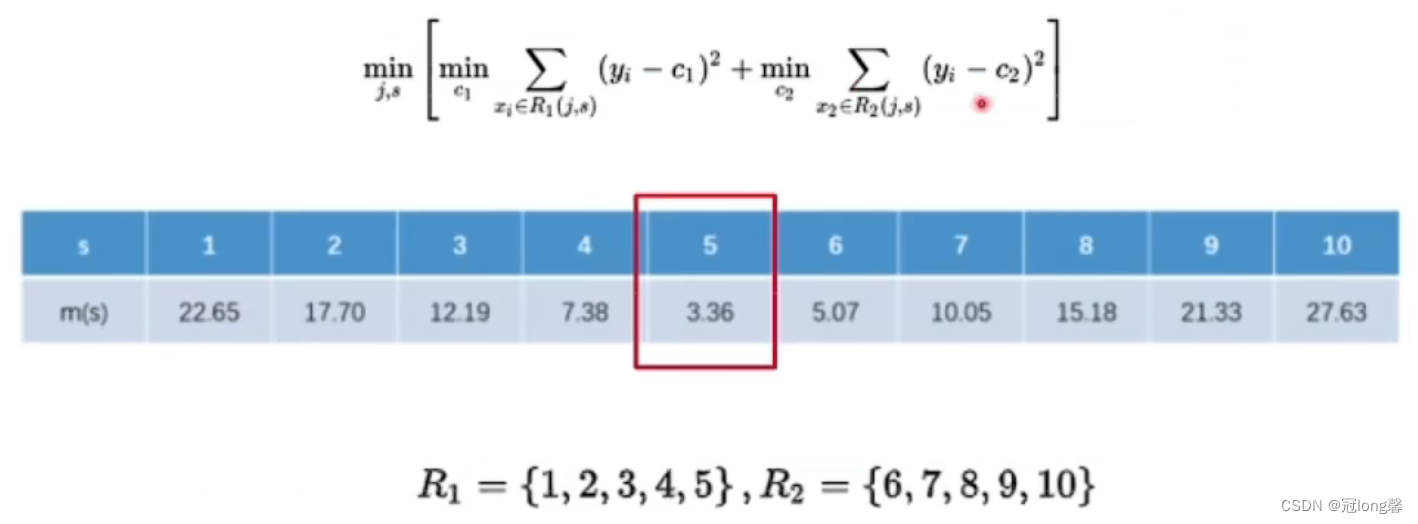
其中, c 1 , c 2 c_1, c_2 c1,c2分别是按照划分点s划分后两个类别的样本在所划分属性上各自的均值。
③Nearest-Neighbor Classifiers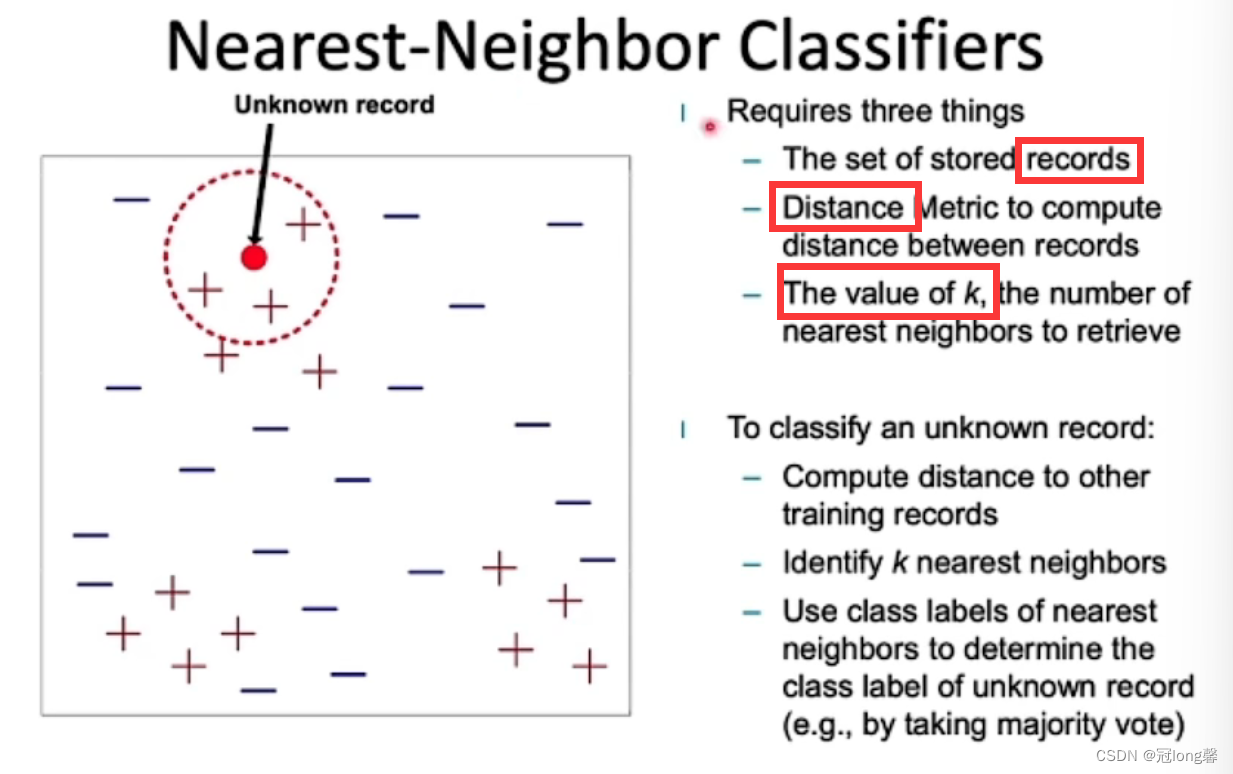
- Distance
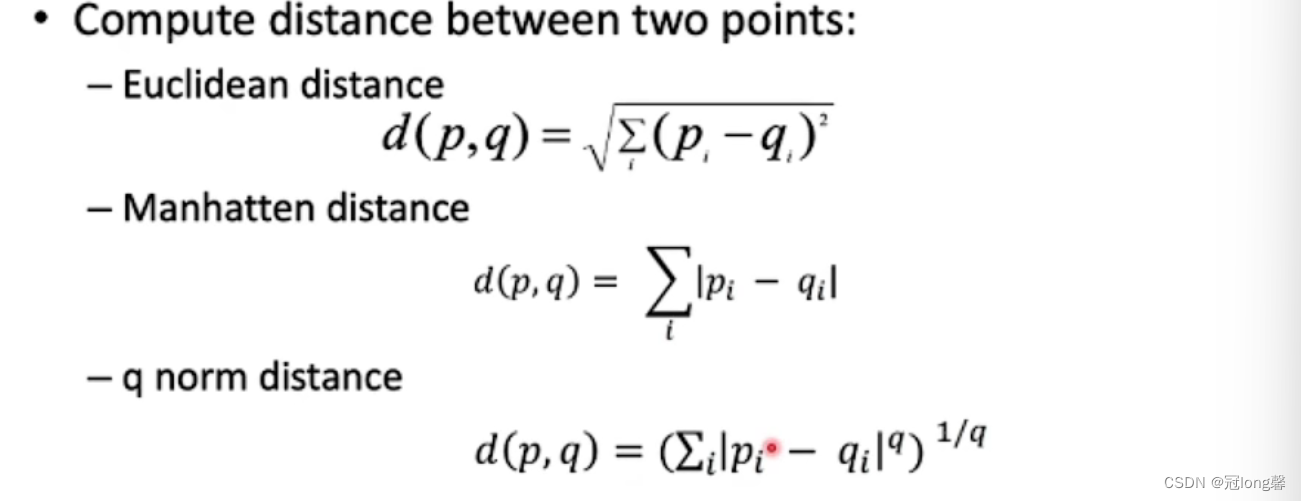
- Classification
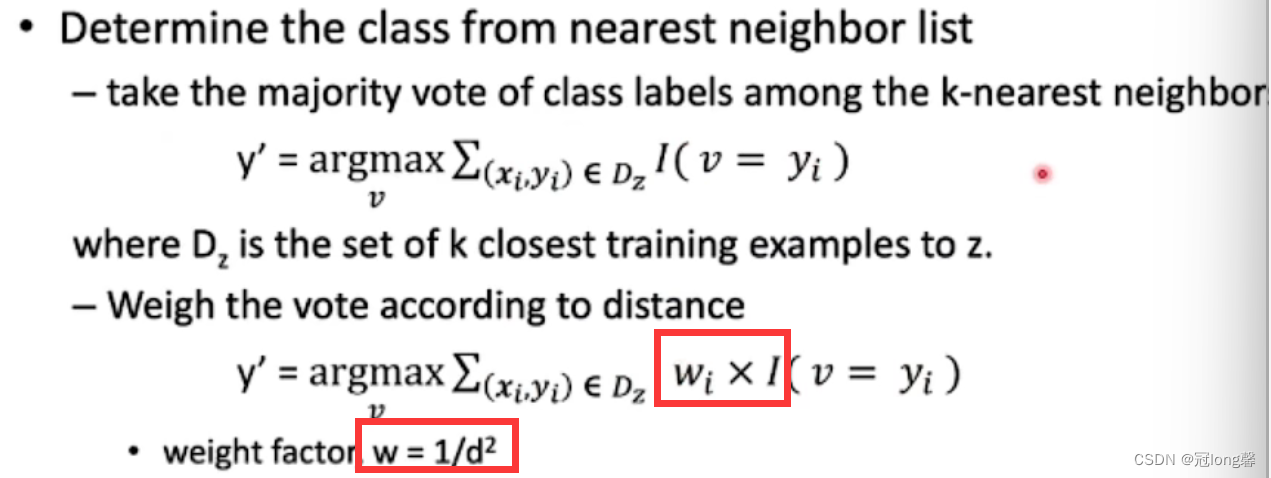
④Logistic regression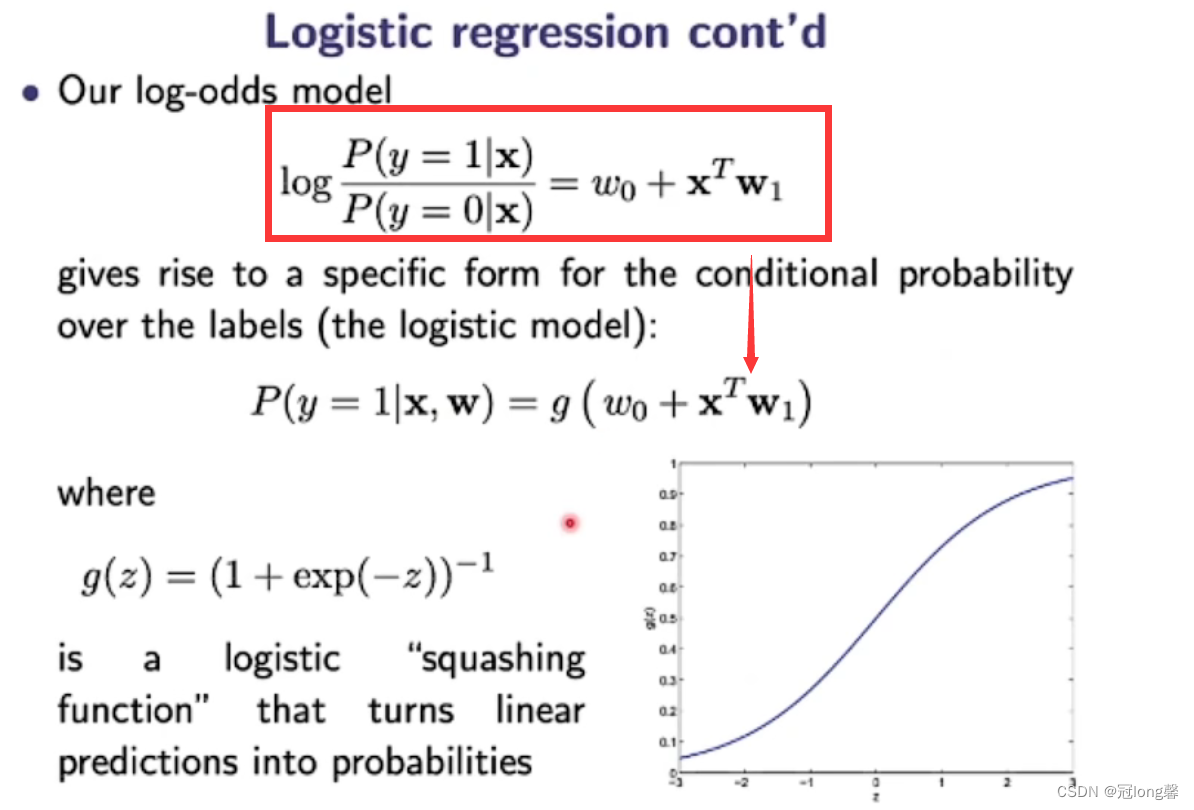
- Optimization
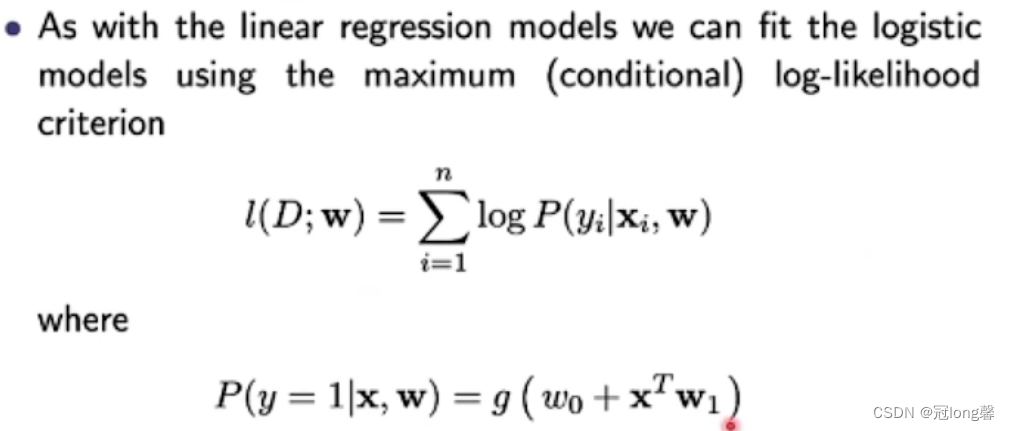
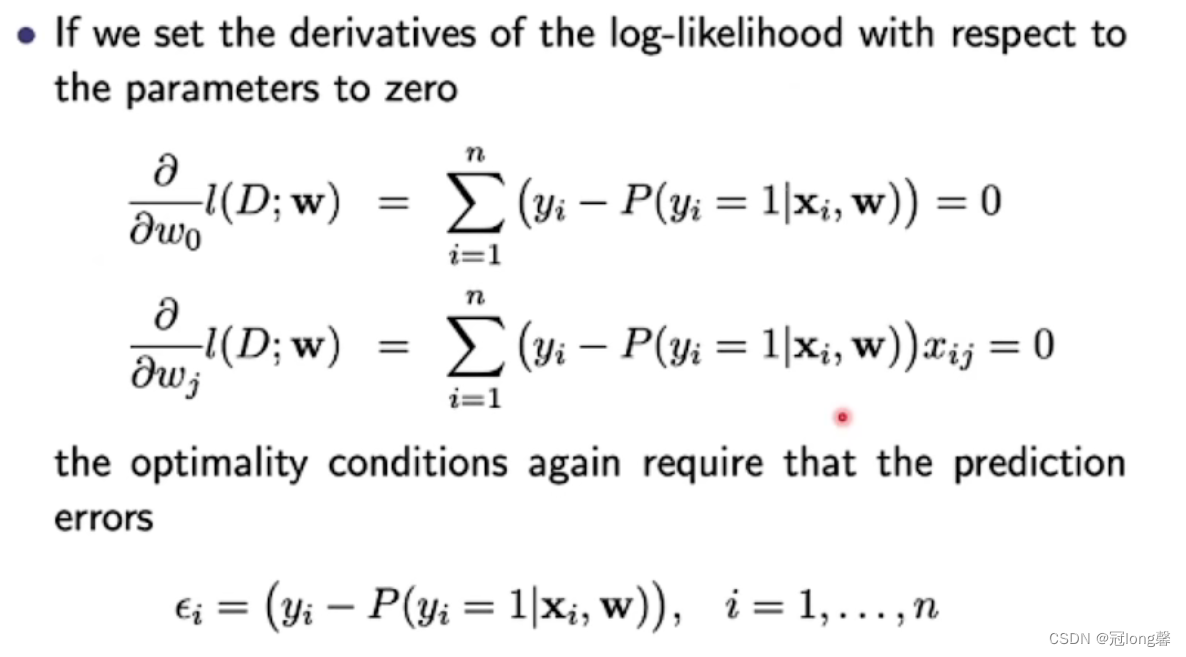
P ( y = 1 ∣ x , w ) P ( y = 0 ∣ x , w ) = 1 1 − P ( y = 1 ∣ x , w ) − 1 \frac{P(y=1|x,w)}{P(y=0|x,w)} = \frac{1}{1-P(y=1|x,w)}-1 P(y=0∣x,w)P(y=1∣x,w)=1−P(y=1∣x,w)1−1
(3)Data
①Distribution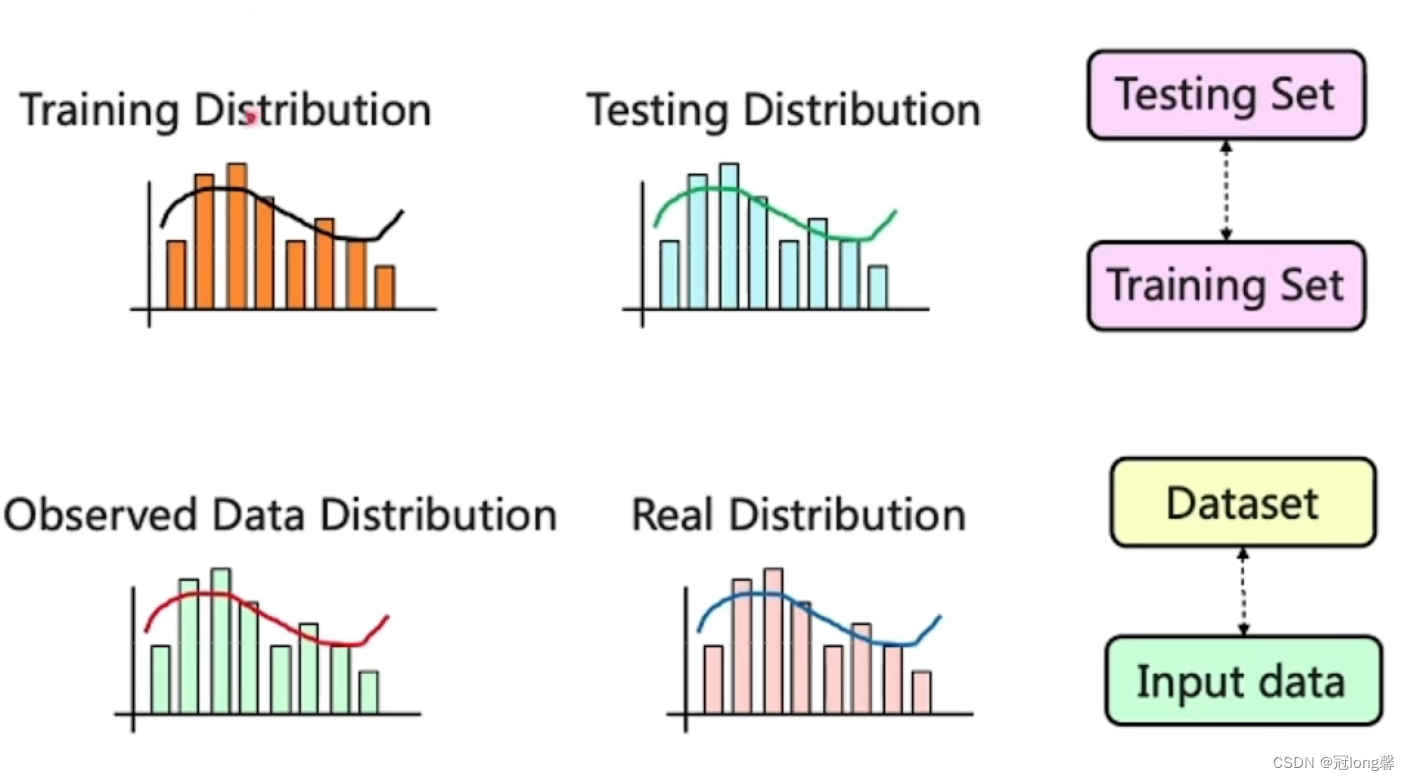
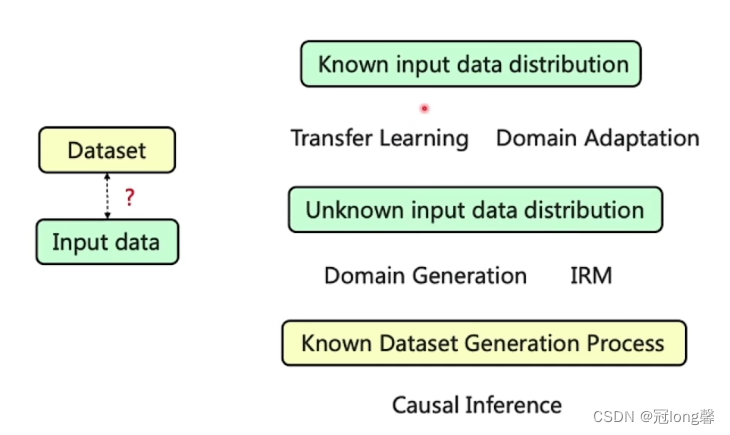
- Testing and Training Dataset
- Observed and Real Dataset (hard to control)
②Sample complexity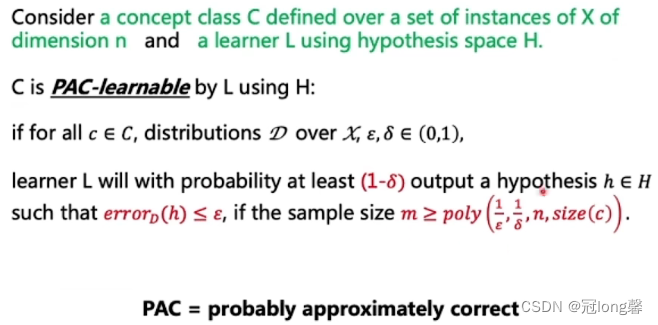
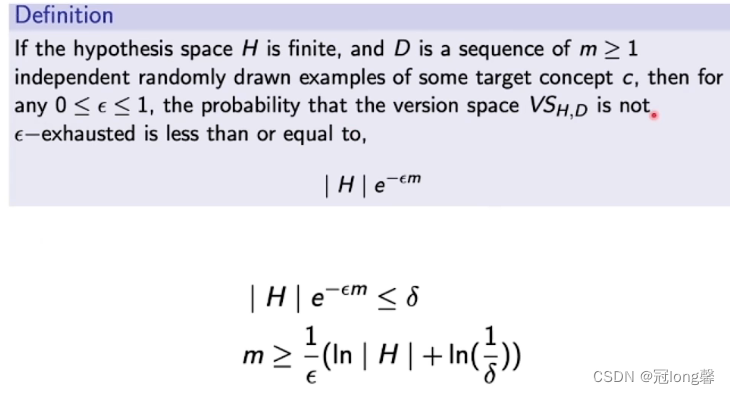
其中, ϵ \epsilon ϵ可以理解为精度、 1 − δ 1-\delta 1−δ理解为置信度、 V S H , D VS_{H,D} VSH,D是所有满足精度与置信度条件 ϵ − e x h a u s t e d \epsilon - exhausted ϵ−exhausted的模型集合。当置信度越高、精度越高时,所需要的训练样本数量 m m m增加。
2. Deep Learning
(1)Forward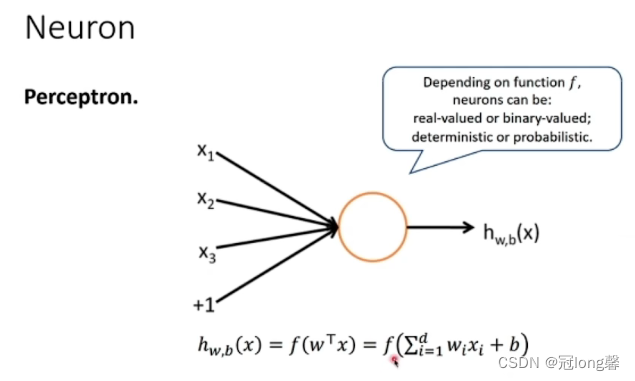
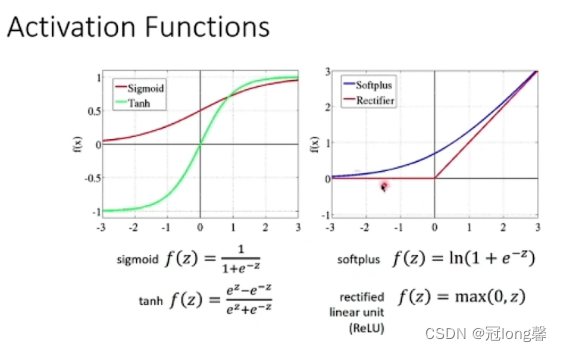
(2)Backward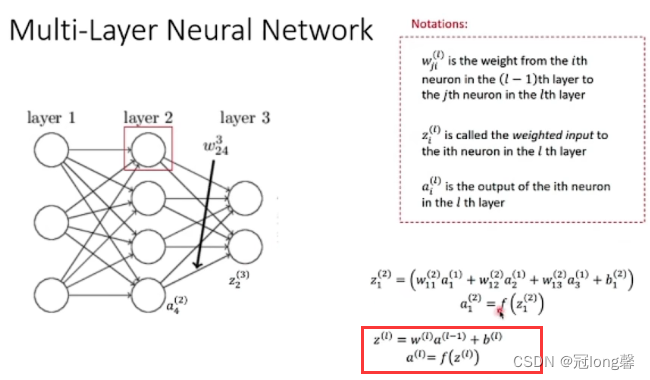
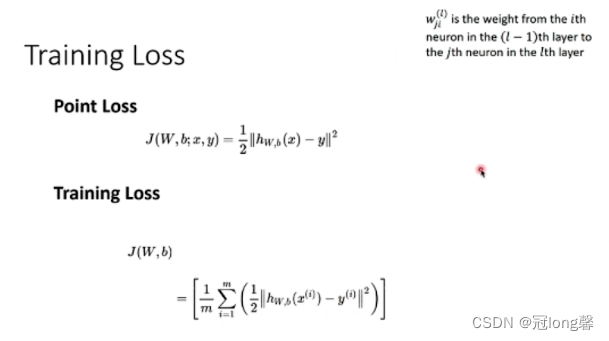
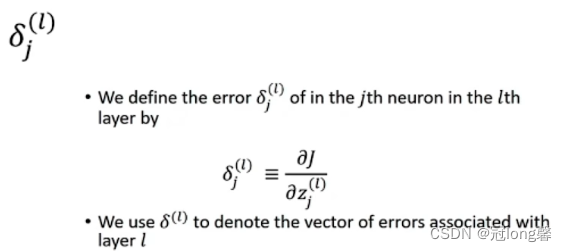
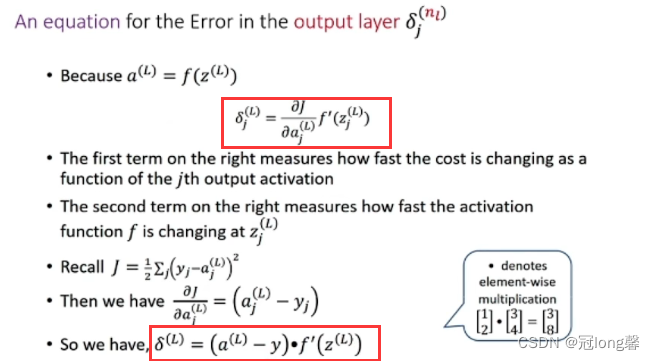
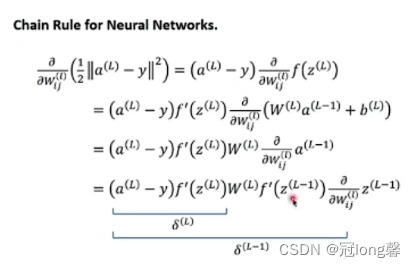
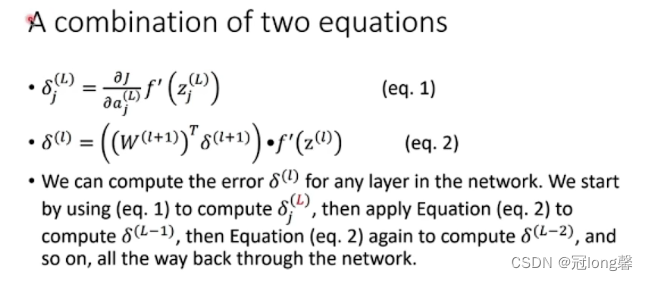
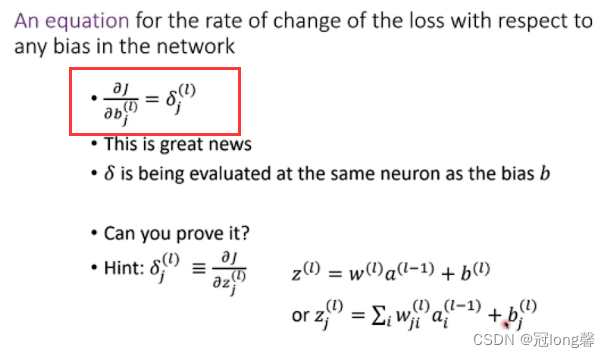
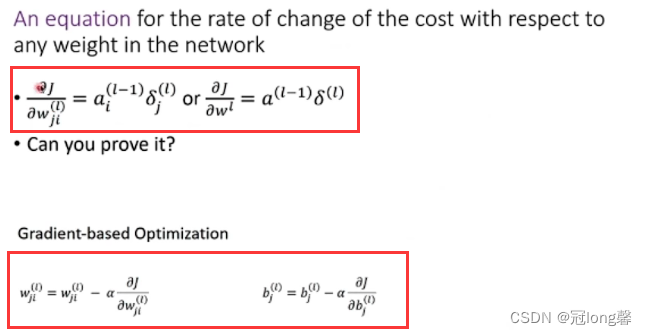
(3)RNN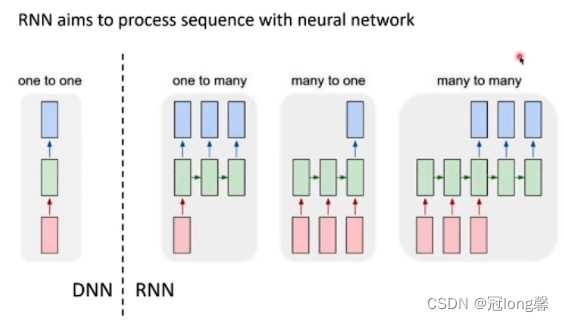
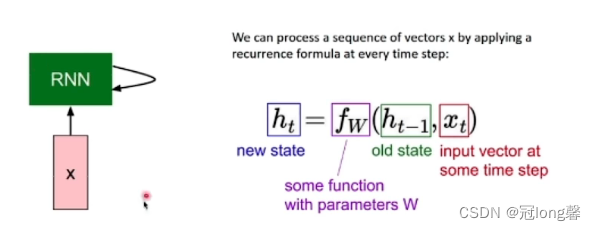
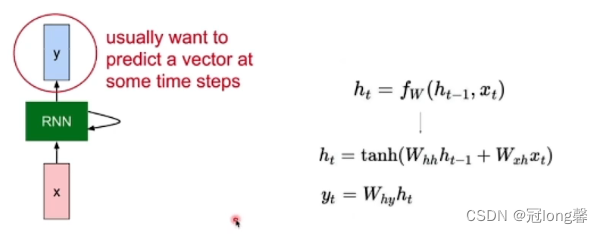
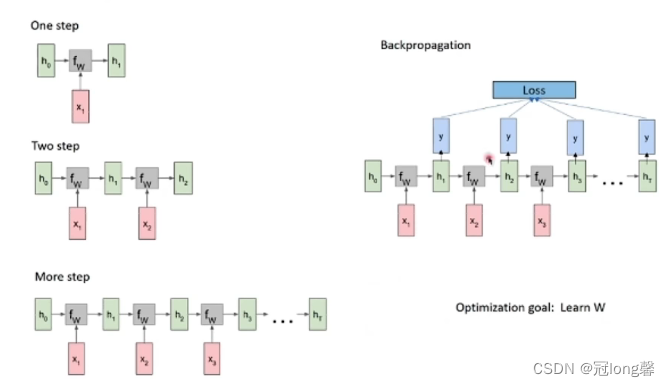
(4)LSTM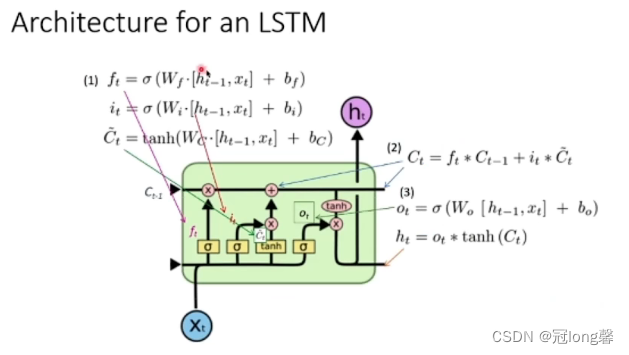
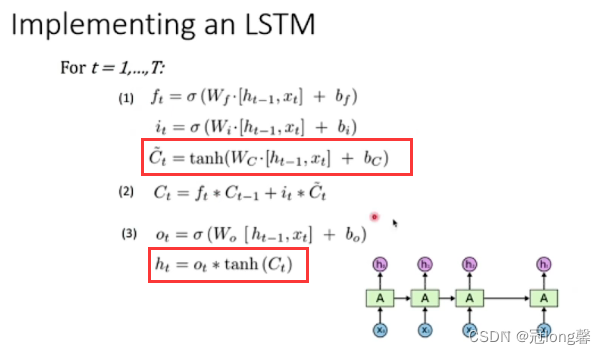
(5)GRU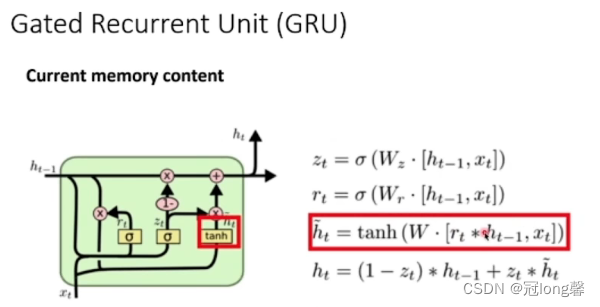
更多推荐
 已为社区贡献4条内容
已为社区贡献4条内容


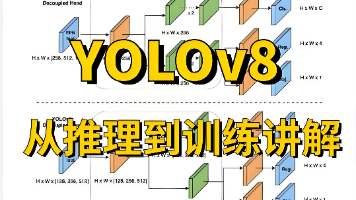





所有评论(0)